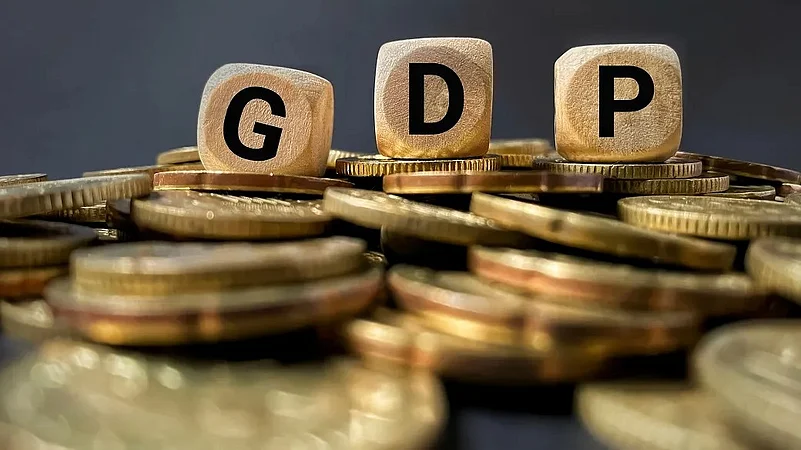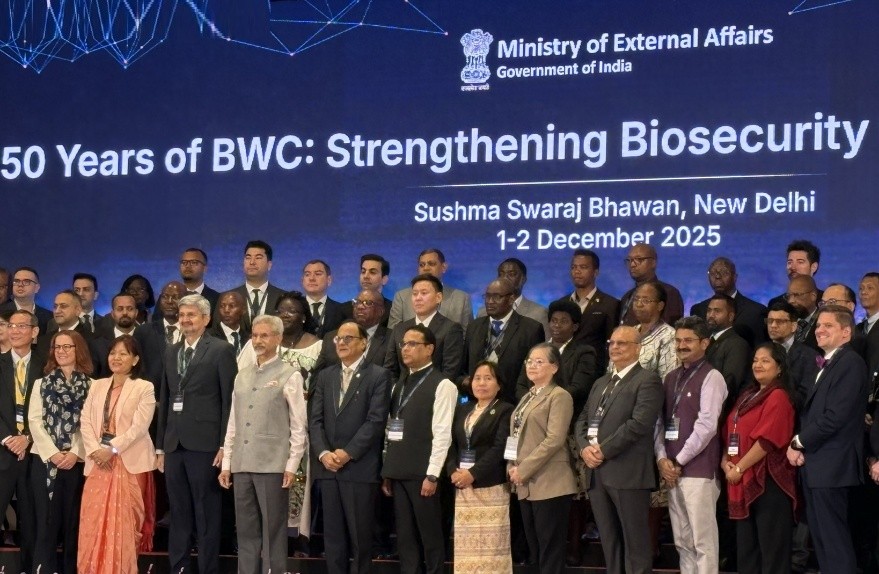Font size:
Print
Moving Beyond ‘BIMARU’
Context: For decades, discussions on India’s state-wise development have been shaped by the term ‘BIMARU’, coined by analyst Ashish Bose in the mid-1980s.
More on News
- This acronym, referring to Bihar, Madhya Pradesh (MP), Rajasthan, and Uttar Pradesh (UP), symbolised their poor performance in economic and human development indicators (HDI).
- The term, derived from the Hindi word for “sick,” highlighted these states as developmental laggards.
- However, much has changed in the past 40 years. The creation of Jharkhand, Chhattisgarh, and Uttarakhand in 2000 from Bihar, MP, and UP has altered the regional landscape.
- While Uttarakhand has progressed significantly, ranking in the middle tier of state GDP per capita (GSDP per capita) and excelling in HDI, other states have shown mixed progress.
Rising Performers
- Rajasthan: Among the original BIMARU states, Rajasthan has climbed to a lower-middle level in GSDP per capita and improved its fertility rate.
- The state’s proximity to Delhi and a strong focus on tourism have played a crucial role in its development.
- If current trends continue, Rajasthan may soon shed its BIMARU tag.
- MP: Madhya Pradesh (MP) has also recorded strong economic growth, particularly due to agricultural advancements.
- However, its manufacturing and service sectors remain underdeveloped, keeping the state in the bottom quartile of India’s economic rankings.
Persistent Disparities Between Regions
- A recent report by the Economic Advisory Council to the Prime Minister (EAC-PM) underscores the regional imbalance in India’s development since the economic reforms of 1991-92.
- The findings highlight that eastern, northeastern, and central states have lagged behind their western and southern counterparts.
- While southern states, Delhi, Haryana, and Rajasthan, have witnessed significant gains, West Bengal, Bihar, and UP have experienced sharp declines in their economic rankings.
- Punjab, once a leading state, has also seen a moderate decline in its growth trajectory.
Debt Burden and Capital Expenditure Challenges
- Fiscal Health: Beyond GDP and HDI, the fiscal health of states is another key concern.
- North-eastern states, Punjab, and West Bengal are struggling with high debt levels, with Punjab’s debt reaching 44% of GSDP and West Bengal’s standing at 37%.
- Interest-Free Loans: Although the Centre has offered 50-year interest-free loans to boost capital spending, overall state capital expenditure remains low at just 0.4% of GDP.
- Capex-to-Revenue: The capex-to-revenue expenditure ratio, a crucial indicator of developmental spending, has remained stagnant at around 20% for two decades.
- Without new revenue sources, states will struggle to increase their investment in infrastructure and economic growth.
Shift in Focus: From BIMARU to ‘Purab’
- Given the changing dynamics, the term ‘BIMARU’ is outdated. Instead, India’s focus should shift towards the eastern states, described more aptly by the Hindi word ‘Purab’ (meaning ‘east’ or ‘in front’).
- This includes West Bengal, Bihar, eastern UP, Odisha, Jharkhand, and the northeastern states, which require greater central assistance and a targeted economic development strategy.
- Many of these states, such as Bihar, UP, and Jharkhand, are landlocked, while Odisha and West Bengal benefit from coastal access.
Need for Economic Opportunities in ‘Purab’
- Source of Labour: In recent years, eastern India has been a major source of migrant labour, with workers moving to urban centers across the country for jobs in security services, construction, beauty, and other industries.
- Retaining: To retain and provide employment within the region, there is a pressing need to:
- Boost urban job creation (especially in services)
- Develop industrial clusters (to promote manufacturing)
- Establish innovation hubs (around universities and research institutions)
- Special Attention for Punjab and MP: Beyond the ‘Purab’ states, Punjab and MP require unique developmental strategies.
- MP needs to diversify beyond agriculture and invest in manufacturing and services.
- Punjab, once an economic powerhouse, must revive its entrepreneurial spirit and overcome challenges like crony capitalism, which has hindered its small and medium-sized enterprises (SMEs).
As the focus of economic reforms shifts to Indian states, it is crucial to move beyond outdated labels like BIMARU and adopt a more nuanced, forward-looking approach. A balanced strategy—prioritising higher capital expenditure, efficient governance, and inclusive economic growth—will be essential in ensuring that lagging states can catch up and contribute to India’s overall progress.


